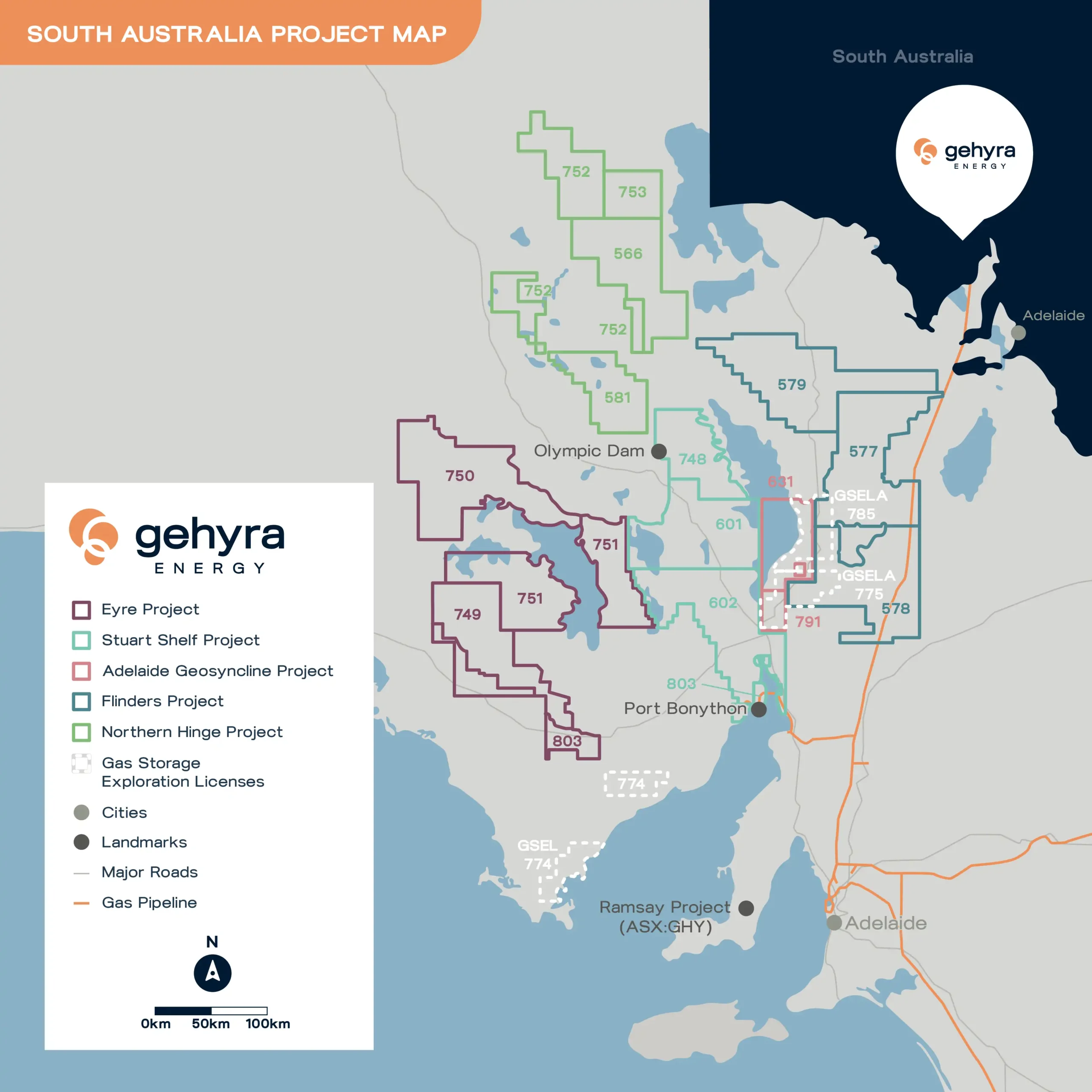Marshall Hood is a commercially focused energy executive with over 20 years of international experience spanning upstream oil and gas, helium, and natural hydrogen. He most recently served as Managing Director of Gehyra Energy Pty Ltd, where he led the company through a period of rapid growth in Australia’s emerging hydrogen and helium sectors. He continues to support the company as a corporate advisor.
Mr Hood brings a unique blend of technical, operational, and commercial leadership, with a proven track record in asset development, M&A, capital markets, and strategic joint ventures. His corporate experience includes senior leadership roles at Bangchak Corporation (Thailand), where he served as Chief Operating Officer of its wholly owned subsidiary BCPR, overseeing international upstream operations, and later as Technical & New Ventures Advisor, focused on portfolio growth and energy transition strategies.
Prior to this, Mr Hood held key technical and management roles, including Asset Manager for Sacgasco Limited, Exploration Manager at Top End Energy, and Senior Geophysicist at Ophir Energy, where he contributed to exploration programs across Southeast Asia, Africa, and Australia.
He has successfully led multidisciplinary teams across the full exploration and development lifecycle, driving value creation from frontier exploration through to production and commercialisation. With a deep understanding of both technical risk and strategic opportunity, Mr Hood is recognised for his ability to align exploration success with corporate growth.







